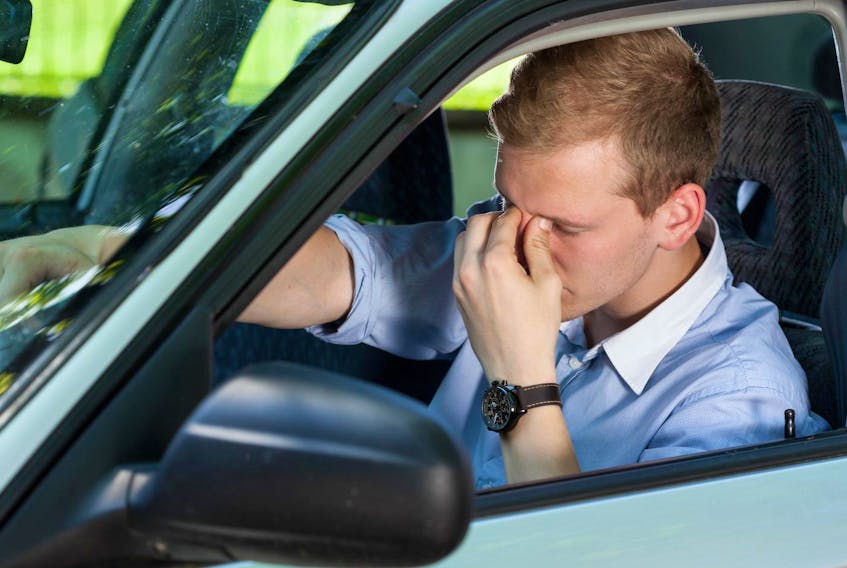There are some serious consequences regarding traffic safety with the switch to Daylight Savings Time (DST).
Our internal clock has to adapt to the shift and our driving to the change in the amount of light during commuting hours.
Circadian rhythm is a biological regulator that exists in virtually every living creature.
It involves a pattern of activities that occur on a 24-hour cycle, regulating our sleep and wake cycles, as well as body temperature, blood pressure and the release of various endocrine hormones.
This internal clock is an incredible mechanism, synchronized to light-dark cycles in the environment and other cues. Our internal circadian clock has been rewound every day by sunlight, since time began.
It’s easy to see how this system is thrown off by the sudden switch in time overnight. This inability to adjust to a sudden one-hour time change results in a dramatic increase in the frequency and severity of traffic incidents in the week following the switch to DST.
The change means an hour less sleep for most and darkness for the morning commute. These changes to what has become a routine over the past six months can upset an already fragile balance between being awake and alert and still groggy and unreceptive to the signals around us.
In that now-darker morning commute, make sure to turn on your headlights. Don’t rely on the daytime running lights; this will provide an extra margin of safety and visibility to fellow motorists who may be just as tired and out of sorts as you.
Be aware that pedestrians are similarly affected by DST. They too will be coping with the darkness and lethargy from the time change, especially little people going to and from school.
Allow a little extra time for your journey and be especially alert in areas where pedestrian traffic is common.
At the other end of the day the sun is low on the horizon for the trip home, and if you are headed west, likely to become a major problem. Don’t forget your sunglasses.
Traffic fatalities increase 17 per cent on the Monday following the change to Daylight Savings Time and remain above average for the week, according to research conducted by the University of Colorado.
The study, covering a 10-year period, found some of the blame went to reduced visibility in the darker conditions. But the majority was attributed to the issue of drivers not yet being fully awake.
Research also indicates that drivers who regularly experience less sleep than average (4-5 hours/night) are at greater risk of causing a crash.
Conversely, those who routinely get eight hours of sleep are least likely to do so.
The bottom line is that when our sleep cycles are disrupted our driving suffers.









